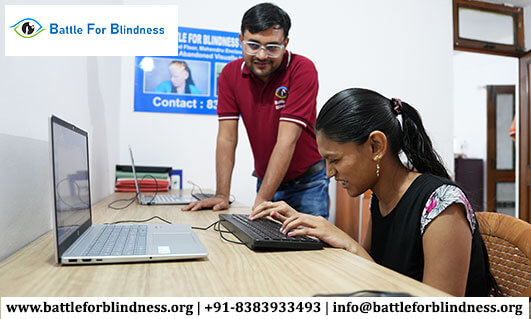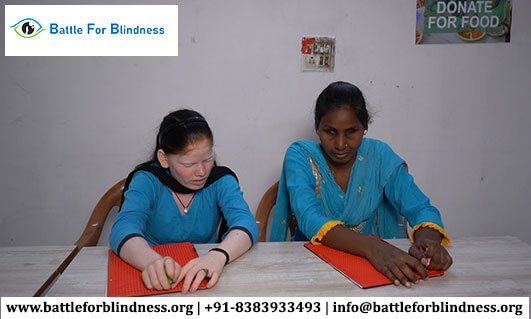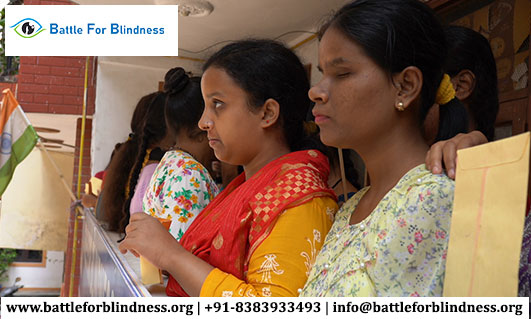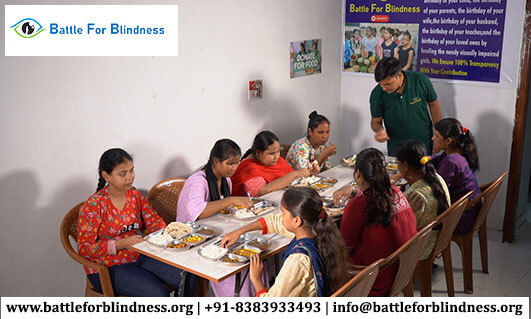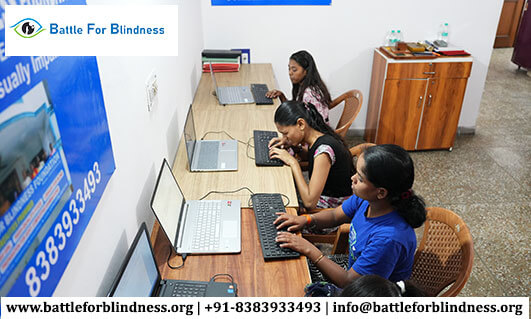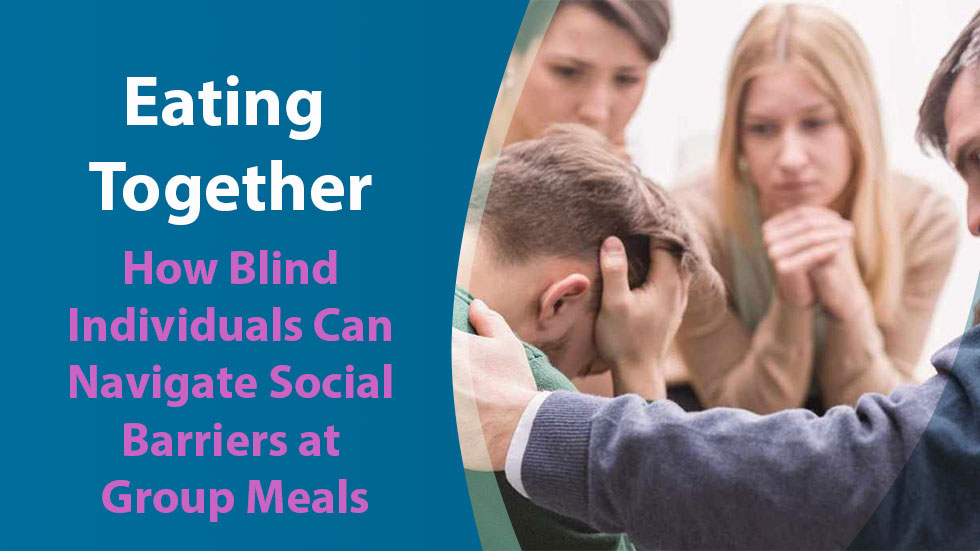
Sharing a meal is a fundamental aspect of social interaction, creating bonds and fostering community. However, for blind individuals, social barriers can often make these experiences feel challenging. By understanding and addressing these barriers, we can create inclusive dining experiences that everyone can enjoy. Here are some ways blind individuals can navigate and enhance their mealtime experiences.
1. Creating a Welcoming Environment
A welcoming atmosphere is essential for shared meals. Hosts can ensure that their spaces are accessible by:
- Arranging Furniture Thoughtfully: Keep pathways clear of obstacles and maintain a consistent layout to help visually impaired guests navigate the space easily.
- Using Clear Utensils and Table Settings: Opt for contrasting colors for plates and utensils to aid visibility. Using tactile markers can help identify different dishes and drinks.
2. Encouraging Open Communication
Effective communication can break down barriers:
- Discuss Preferences: Before the meal, encourage blind individuals to share their dietary preferences or any specific needs they may have, such as allergies.
- Verbal Descriptions: When serving food, verbally describe the dishes, ingredients, and textures. This helps everyone understand the meal better and enhances the dining experience.
3. Utilizing Technology
Technology can play a significant role in enhancing the dining experience:
- Smartphone Apps: There are numerous apps designed for blind individuals, such as OCR (Optical Character Recognition) apps, which can read menus and identify food items.
- Voice-Activated Assistants: Smart home devices can assist with meal preparations, setting the table, or providing recipe instructions.
4. Incorporating Tactile Elements
Tactile cues can greatly enhance the mealtime experience:
- Using Braille Labels: Braille labels on dishes can help blind individuals identify what they are eating without needing assistance.
- Textured Tableware: Plates with different textures can help guests discern the food type, making mealtime more engaging.
5. Fostering Inclusive Conversations
Creating an inclusive atmosphere involves encouraging everyone to participate in the conversation:
- Guiding Discussions: Encourage sighted guests to include blind individuals in discussions by addressing them directly and ensuring everyone has a chance to speak.
- Storytelling and Sharing: Encourage participants to share stories or memories related to food, which can deepen connections and create a lively atmosphere.
6. Planning Group Activities
Incorporating activities related to food can enhance the shared meal experience:
- Cooking Together: Organizing a cooking session allows blind individuals to engage in the meal preparation process. It can also promote teamwork and collaboration.
- Tasting Events: Arrange a food tasting event where guests can sample various dishes and discuss their flavors and textures. This can help everyone, regardless of sight, appreciate the diversity of food.
7. Building Confidence Through Experience
Encouraging blind individuals to participate in social meals can boost their confidence:
- Regular Gatherings: Organizing regular meal gatherings can help blind individuals become more comfortable in social settings and build friendships.
- Supportive Friends: Friends and family can play a vital role by being supportive and inclusive, helping blind individuals feel valued and engaged during shared meals.
Conclusion
Overcoming social barriers for blind individuals during shared meals involves creating an inclusive atmosphere, fostering open communication, utilizing technology, and encouraging participation. By implementing these strategies, we can create enjoyable dining experiences that empower blind individuals to engage fully and confidently in social interactions. Ultimately, it’s about making everyone feel welcome, valued, and included—because shared meals are about connection, joy, and community.
